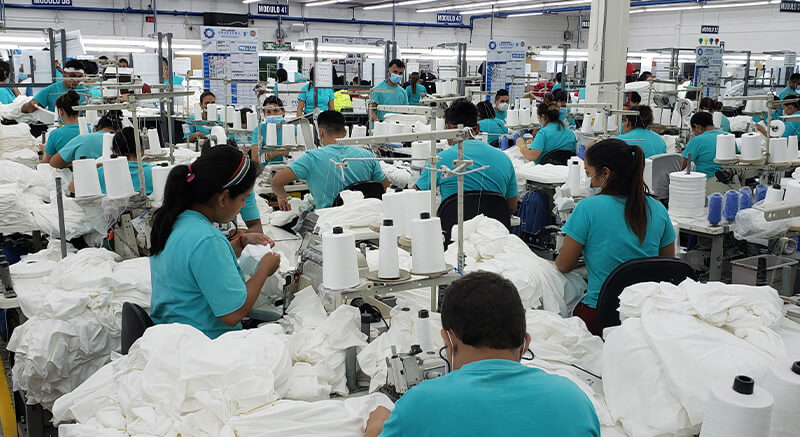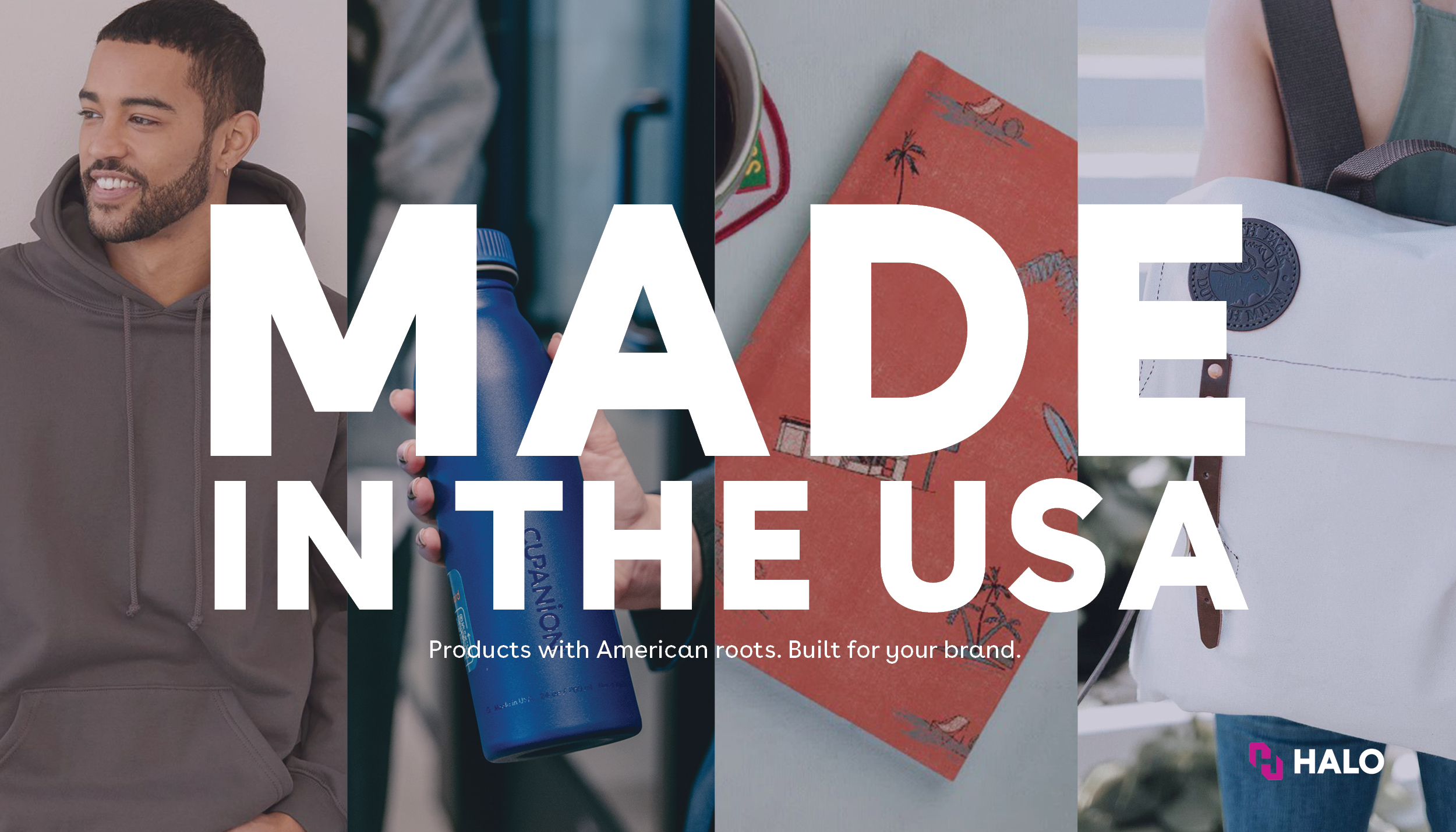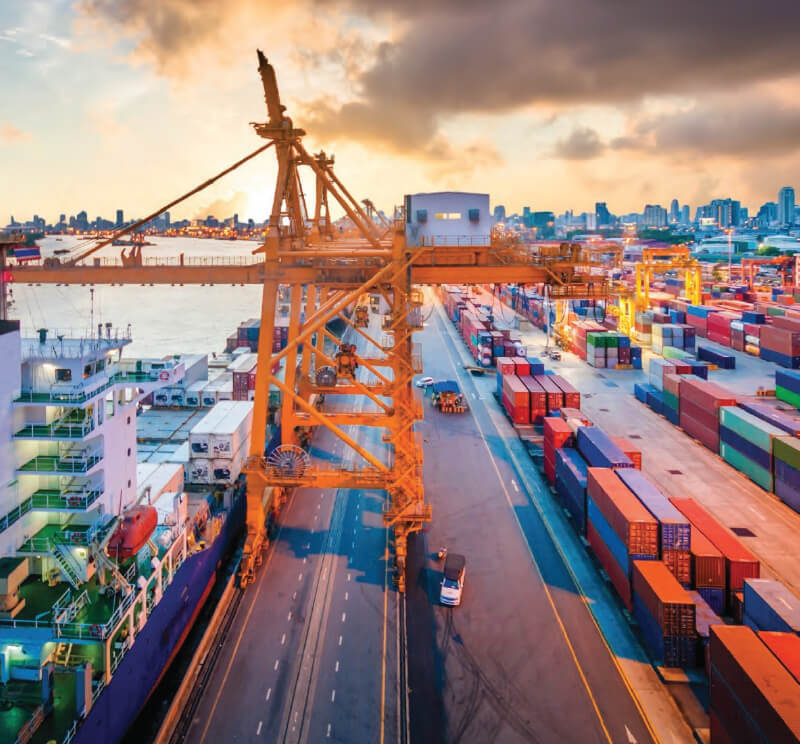Summary
A global economic recovery combined with residual impact of the COVID-19 pandemic and natural disasters have created historic supply chain disruptions impacting product costs, product stock issues, and production lead times.
Executive Overview
A global economic recovery combined with residual impact of the COVID-19 pandemic and natural disasters have created historic supply chain disruptions impacting product costs, product stock issues, and production lead times. Dramatic increases in ocean and domestic freight rates continue to create product price increases and reduced inventory availability. HALO is taking aggressive efforts to mitigate the impact on our clients.
Key Global Supply Chain Factors
U.S. Economic Recovery
The economic growth is creating unforeseen demand across all consumer products, resulting in tight supply of ocean container availability. Ocean freight expense, traditionally 20% of the cost of a landed product, have increased nearly 600% in the past 12 months. Port congestion and logistics bottlenecks will continue through the first half of 2022.
Raw Material Cost Increases
Costs for key raw materials such as cotton and plastic have increased due to global demand. Costs for product components have also increased due to raw material increases.
In addition, many governments have blacklisted cotton produced in the Xinjiang province in Northwest China due to the treatment of ethnic Muslim Uighurs in the region. 20% of all global cotton is produced in Xinjiang, creating a shortage in raw material for apparel and headwear.
Exchange Rates
The U.S. Dollar (USD) has deflated against key overseas currencies, specifically the Chinese Yuan (RMB) and the Honduran Lempira. The resulting decrease in the power of the dollar increases the relative cost of goods manufactured in these countries.
Tariffs
The current administration has kept the previous administration’s 25% tariffs on most Chinese goods imported to the U.S. Many key manufacturers migrated production outside of China in response to the tariffs based on the GSP duty exemption for goods produced in these countries. The GSP duty exemption expired in 2020, increasing the cost of many goods manufactured outside of China.
Natural Disasters
Production levels in key apparel producing countries were diminished with the spread of COVID-19 in mid-summer, 2020. Hurricane Eta, followed shortly by Iota, severely damaged apparel production in Latin America.
Labor
Domestic manufacturers/suppliers have addressed labor shortages predominant earlier in the year with increased wages for production workers, further pressuring product costs. However, production lead times continue to improve and are anticipated to return to pre-pandemic levels by year end 2021.
Port Congestion & Logistics Capacity
Due to capacity constraints and dramatic increases in imports, every major U.S. port has experienced delays in processing goods from overseas, extending delays in product availability. The Port of Los Angeles has experienced year-over-year increase in containers of 34%, and most other U.S. ports have seen higher increases. Global air cargo demand has increased similarly with an overall reduction in routes and cargo aircraft.
Key Impacts
- Several major suppliers have increased prices with additional increases imminent beginning in January, 2022.
- Inventory shortages, particularly in apparel, will continue through Q2 2022 as repairs to key production facilities are completed and labor impacts from COVID19 diminish.
- Product selection will tighten in 2022 as suppliers use available cargo space for higher volume items.

HALO’s Client Commitment
HALO’s role in supply chain management includes identifying vulnerable products and product categories and negotiating supply agreements with our key channel partners to reduce disruption for HALO customers.
HALO Essentials
HALO provides price and production guarantees on our 150 highest purchase volume products across multiple product categories.
HALO Global Sourcing
HALO has aligned with key global production partners on annual purchase agreements to reduce costs and assure consistent delivery on key imported products. With over three decades of sourcing experience, HALO will provide the highest quality products, manufactured in the most price-advantageous countries, delivered in the most cost-effective manor to our clients.
HALO Logistics
HALO’s dedicated logistics team is aware of current developments in ocean and air freight, and uses multiple sources to assure cost containment and provide reliable delivery options for domestic and overseas deliveries.
HALO Preferred Suppliers
HALO’s market leadership has allowed us to negotiate priority supply and production commitments from our key suppliers. HALO’s preferred suppliers reserve inventory and production priority for HALO’s clients.
Key Client Recommendations
Order Early
While production times are returning to normal, inventory availability and “price-holds” are not. Order as early as possible for Q4 2021 purchases to secure pricing and product availability.
Select Alternatives
HALO offers thousands of products. Work with your HALO account executive on product alternatives in the event your initial product selection is unavailable. It may be necessary for your account executive to fill your order from multiple vendors with similar products.
Standard Colors & Sizes
Product shortages are generally in non-standard colors and plus sizes (2XL and above). Most suppliers have stock availability in standard colors and sizes. Utilize imprint colors on standard product colors to assure availability and provide similar branding impact.
Remain Flexible
While HALO has mitigated many of the current supply chain issues, client flexibility remains the key to fulfilling orders completely, within budget, and delivered timely.







